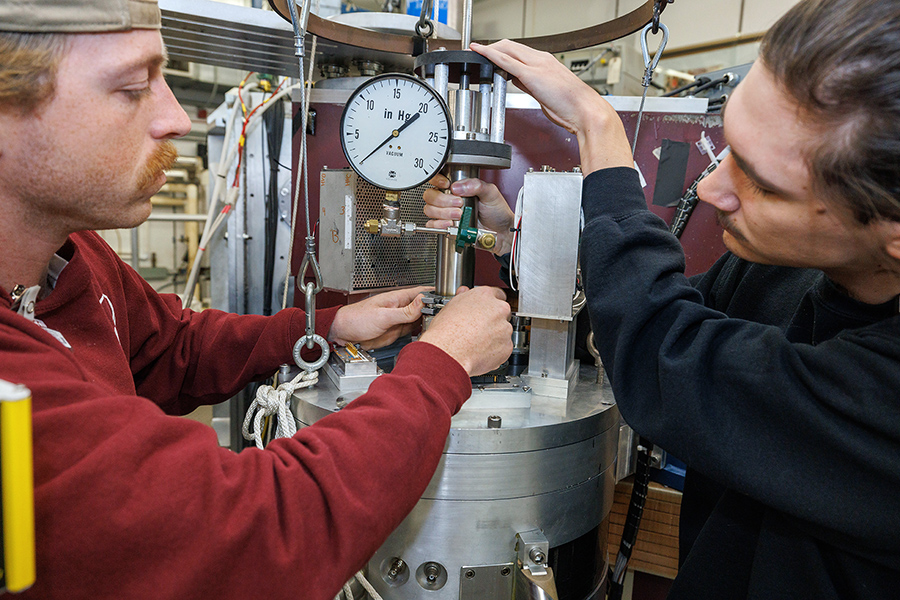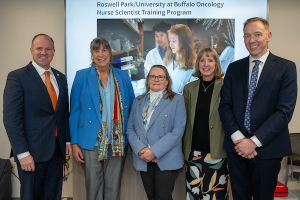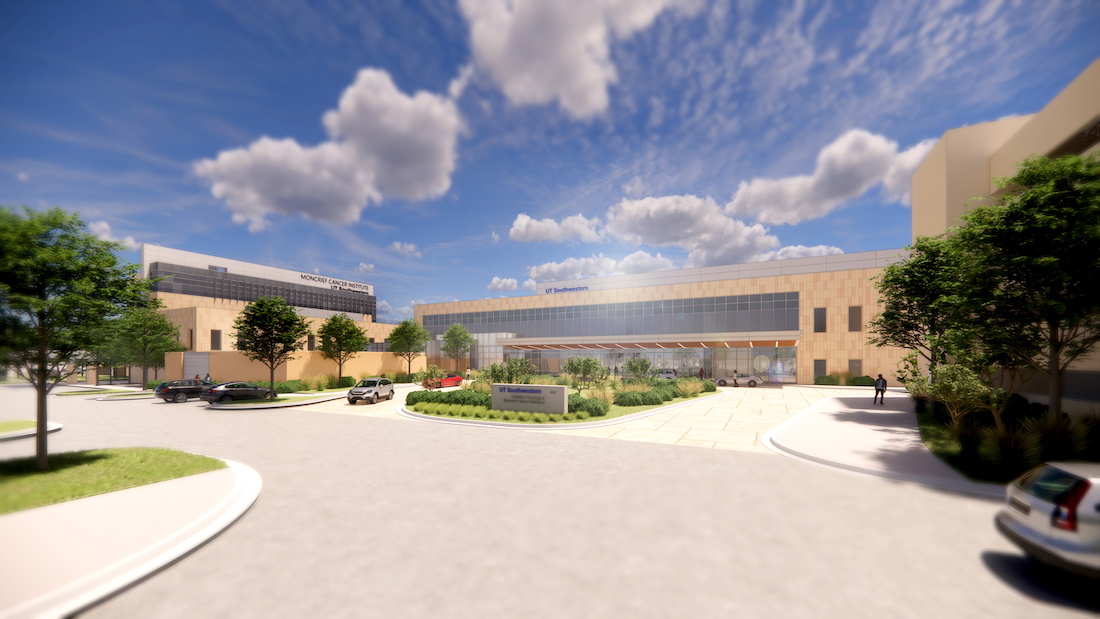The Museum Association of Thailand held its inaugural Glorified Thai Museum (Thai Museum San Sern) Award and the Acclaimed Thai Museum (Thai Museum Sadudee) Award 2023 to celebrate Thai museums and learning centers. This national award allows executives and employees of museums and learning centers, as well as professors, scholars, students, and any other persons interested in museums, to nominate the names of museums and learning centers from all over Thailand, along with individuals with distinguished contributions to the museum industry. In 2023, the Museum Association of Thailand presented the awards under the theme of “Museum and Learning Center & SDGs17” and among the 14 winners are Museum of Natural History Chulalongkorn University and Chulalongkorn University’s Natural History Museum of Nan.
Located in the Faculty of Science, Chulalongkorn University, the Museum of Natural History aims to compile and restore specimens of living things and natural resources that have been collected in the past, as well as those under research and newly discovered, so as to serve as a source of academic reference in taxonomy. The museum was also established to mark the 5th cycle of H.M. King Bhumibhol’s birthday anniversary in 1987 and the 70th anniversary of Chulalongkorn University’s establishment. It holds exhibits of various species, including mammals, birds, fish, amphibians, reptiles, etc., which have been preserved in the appropriate conditions for their respective species. There are also displays of important rocks and minerals, as well as anthropological examples.
Natural History Museum of Nan Chulalongkorn University, located on the 2nd floor of Wichakham 2 Building, Pha Singh Research and Technology Transfer Station, Center for Learning and Academic Services, the Network of Chulalongkorn University, Nan Province, was established with the objective to foster love and pride in the natural resources, arts and culture, and local wisdom of Nan. This will lead to an awareness of natural resource and environment conservation and to build a foundation for the development of local ecological knowledge and sustainable use of biodiversity. The museum exhibits specimens of plants, animals, and biological, physical, and cultural resources in 10 exhibition rooms.



